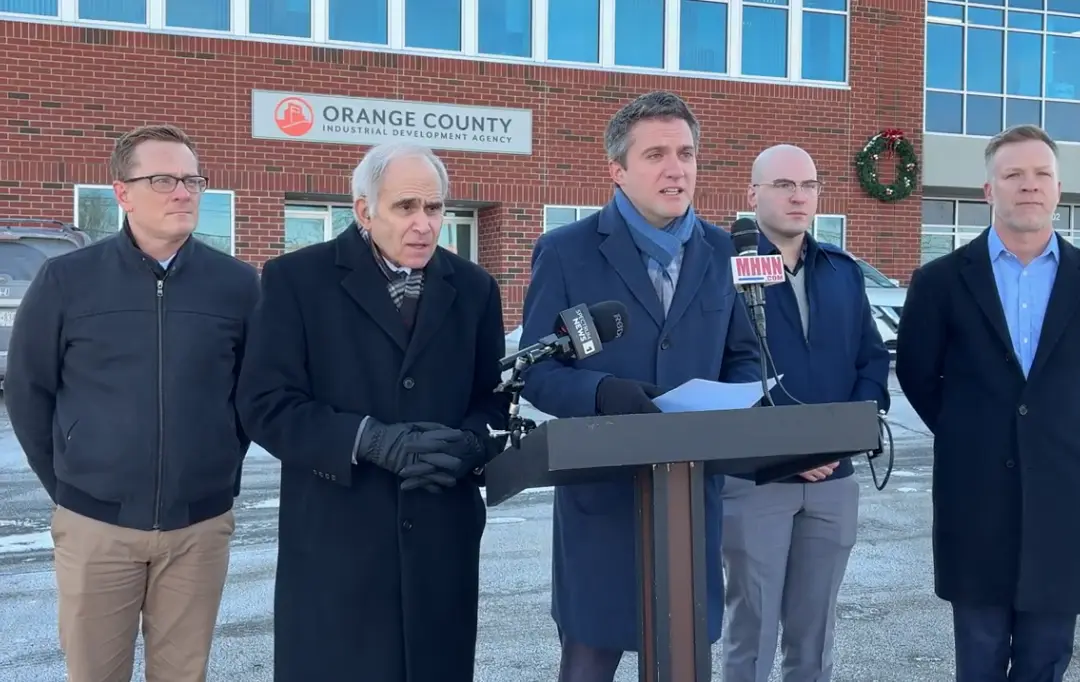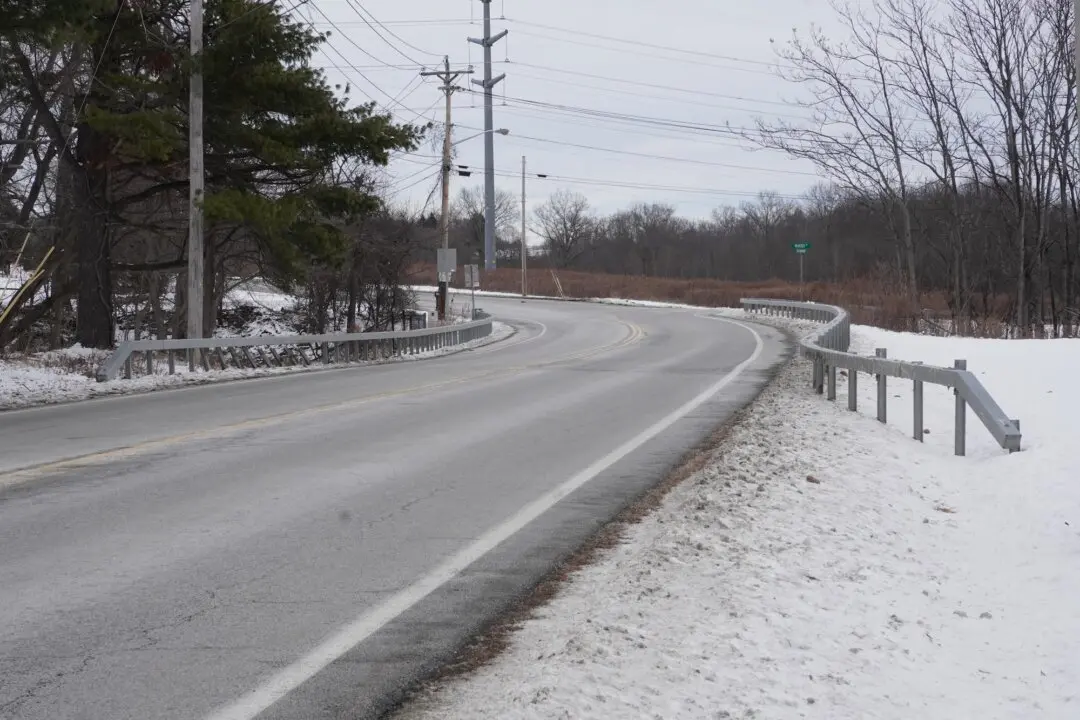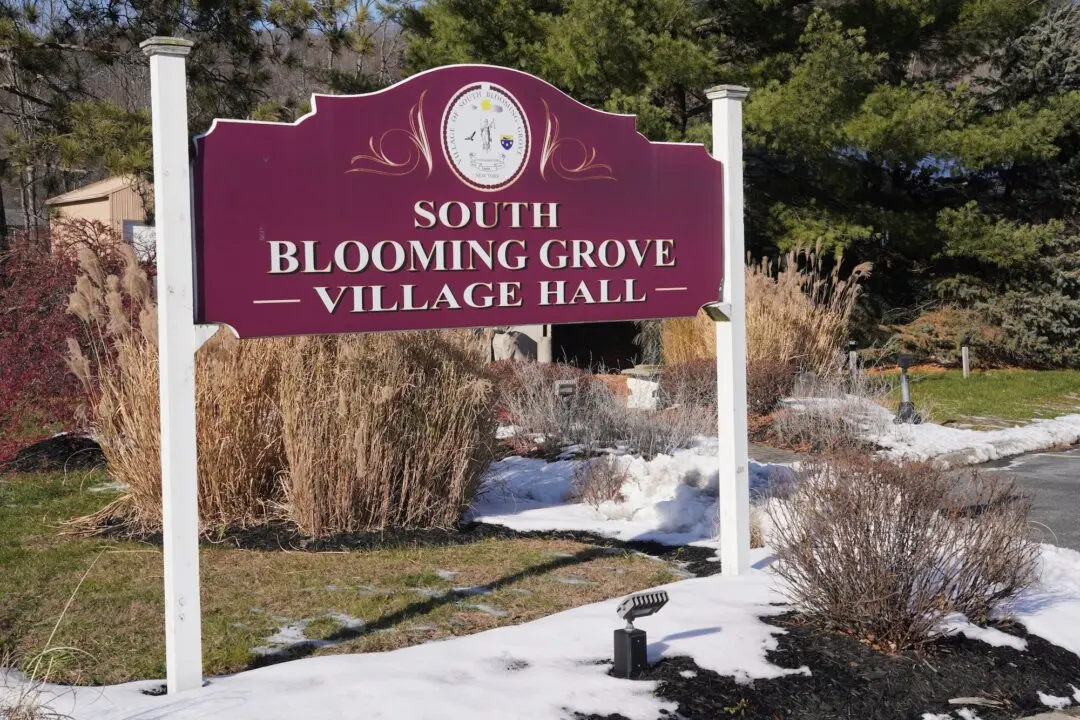NEW YORK—Legislative leaders have finally come to an agreement with New York Gov. Kathy Hochul on the state’s fiscal year 2026 budget. Hochul delayed the budget by nearly a month to include tax cuts, criminal law reform measures, the addition of what she called an “inflation refund,” and a phone-free schools provision.
The governor’s office announced on April 28 that an agreement had been reached on the $254 billion budget, which had been held up in negotiations for weeks past its April 1 deadline.





